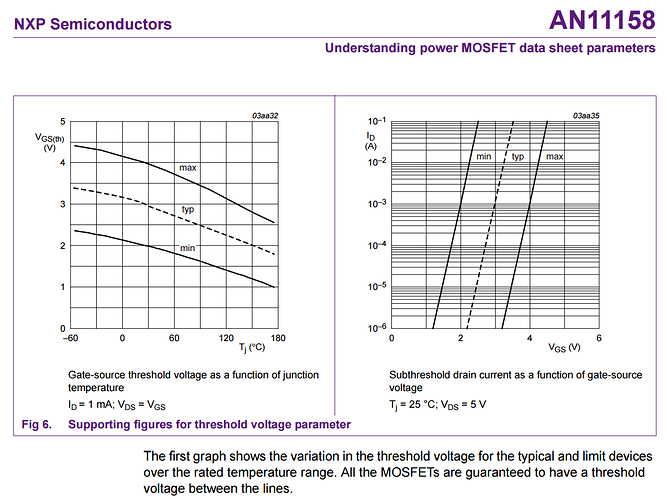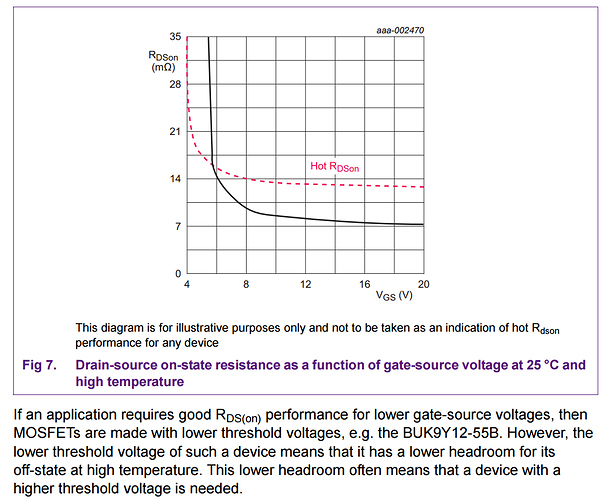Note: 3.5 Volts is the battery voltage corresponding to (approximately) 1/2 of the full-charge level. Sobering.
.
Following up on information about the Molicel P26A (text below from one of The Mooch’s test reports):
… if you run your cells down to 3.5V-3.6V (when put on the charger), and wanted a slightly more consistent vape that could run for longer, then the P26A is worth trying. … The datasheet lists the minimum capacity at 2500mAh and typical capacity at 2600mAh. The six P26A’s I tested delivered 2607-2641mAh at 520mA (0.2C) down to 2.5V. This is great consistency and they all easily met their minimum capacity rating. … I am rating this Molicel at 25A continuous with a temperature-limited rating of 35A as long as you stop before the cell reaches 60°C. …
… The P26A is my choice for best all-around 18650, for up to 25A or 75W per cell. The combination of its great performance along with its availability from authorized Molicel vendors makes it the best choice in my opinion for moderate to high power use in any device. We don’t have to worry about getting low grade, counterfeit, or old cells and Molicel is willing to sell to the vaping community. No other battery OEM is openly willing to do that.
Have carefully eye-balled the battery Voltage discharge curves of the Molicel P26A as compared to the Samsung 30Q and 25R. At a (discharged-to) battery Voltage of 3.3 Volts, with a 5.0 Amperes continuous current discharge rate, the 30Q fares just a tad better than the 25R (mostly providing more capacity at battery voltages below 3.3 Volts, ranging down to generally in Mods not utilize-able 3.1-2.9 Volt levels).
Although the Molicel P26 has a high maximum continuous discharge current rating from testing, and may be a desirable item for users drawing a lot of battery current in high Wattage devices - the voltage discharge characteristic of the Molicel P26A at a 2.5 Ampere continuous discharge rate is almost identical to that of the Samsung 30Q at a 5.0 Ampere continuous discharge rate (in both cases, considering battery voltages of 3.3 Volts or higher). Thus, for typically lower Wattage usage applications, the Samsung 30Q (from the published specification data) appears to be notably better than the Molicel P26A. When considering usage below 3.3 Volts down to 3.1-2.9 Volts, both 30Q and 25R appear to be a notably better choices than P26A.
Note: It may be that the discharge data graphed and relied upon on the P26A data-sheet is the result of (actual) testing results - whereas Samsung’s 30Q and 25R data-sheets state that the discharge curves shown are (some kind of desired product performance) “target” - implying that Samsung’s produced battery units may perhaps be less “robust”. Such a situation (with perf. data held proprietary) would not surprise. ![]()
If the (apparent, based upon possibly “squirrelly” Samsung data) differences between the 30Q/25R and the P26A (if/when these batteries are usable down to 3.3 Volts) is a real thing, then those characteristics might indicate a design trade-off, where higher continuous Current capability exacts something of a price where it comes to discharge Voltage over time characteristics, and - since some Mods appear to have low-battery voltage cut-offs of ~3.5 Volts or so - that (in practical effect) limits by lowering (effective) battery capacity.


